
How to Use XL4015: Examples, Pinouts, and Specs
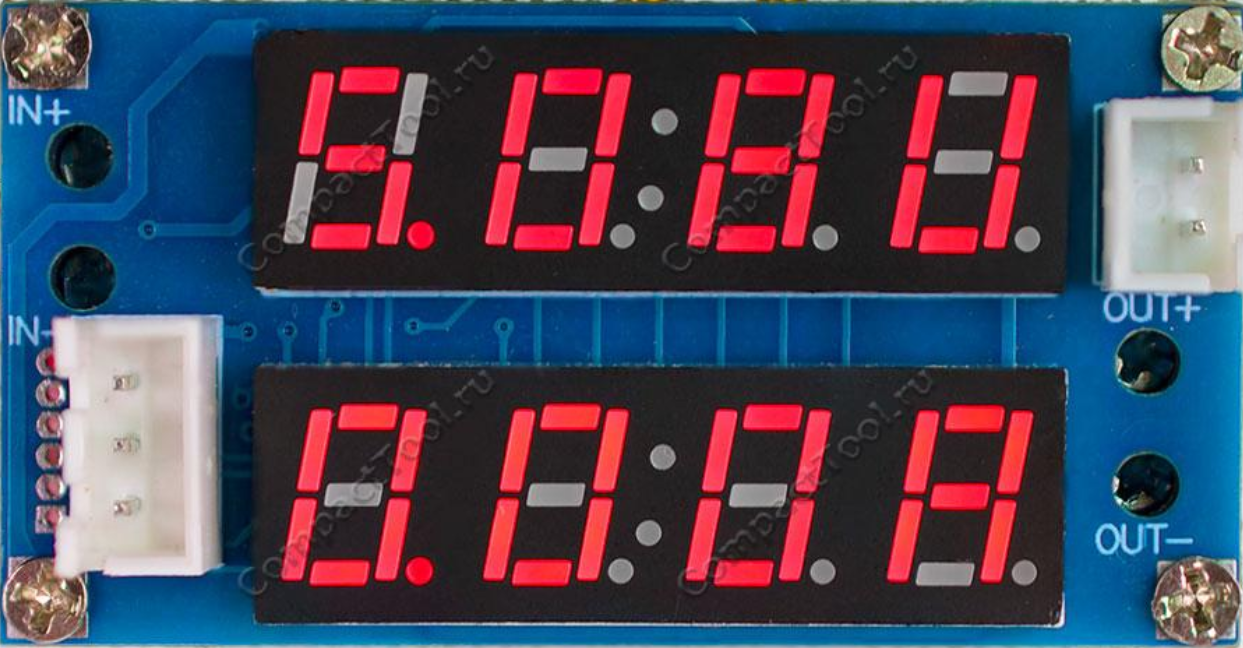
 Design with XL4015 in Cirkit Designer
Design with XL4015 in Cirkit DesignerIntroduction
The XL4015 is a high-performance step-down (buck) DC-DC converter designed to efficiently convert a higher input voltage to a lower output voltage. It features a wide input voltage range, adjustable output voltage, and a maximum output current of 5A. The XL4015 is widely used in power supply applications due to its high efficiency, compact size, and ease of use.
Explore Projects Built with XL4015
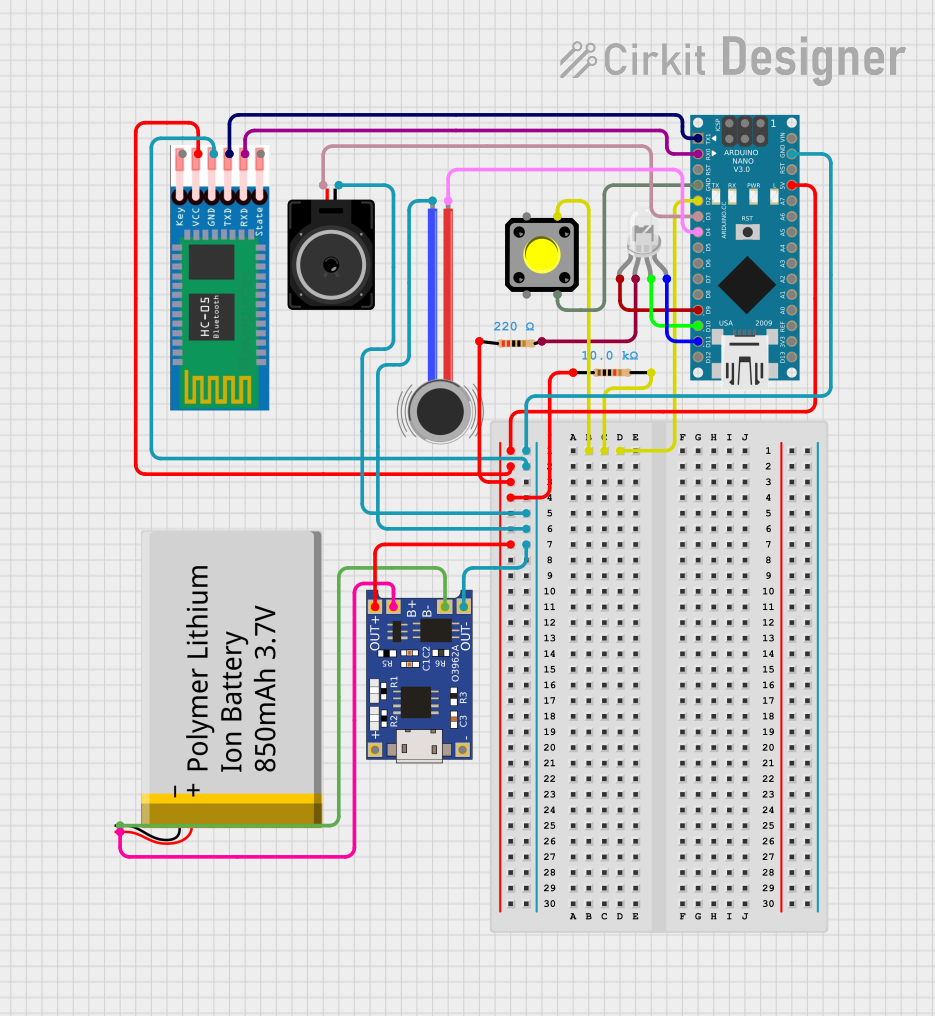
 Open Project in Cirkit Designer
Open Project in Cirkit Designer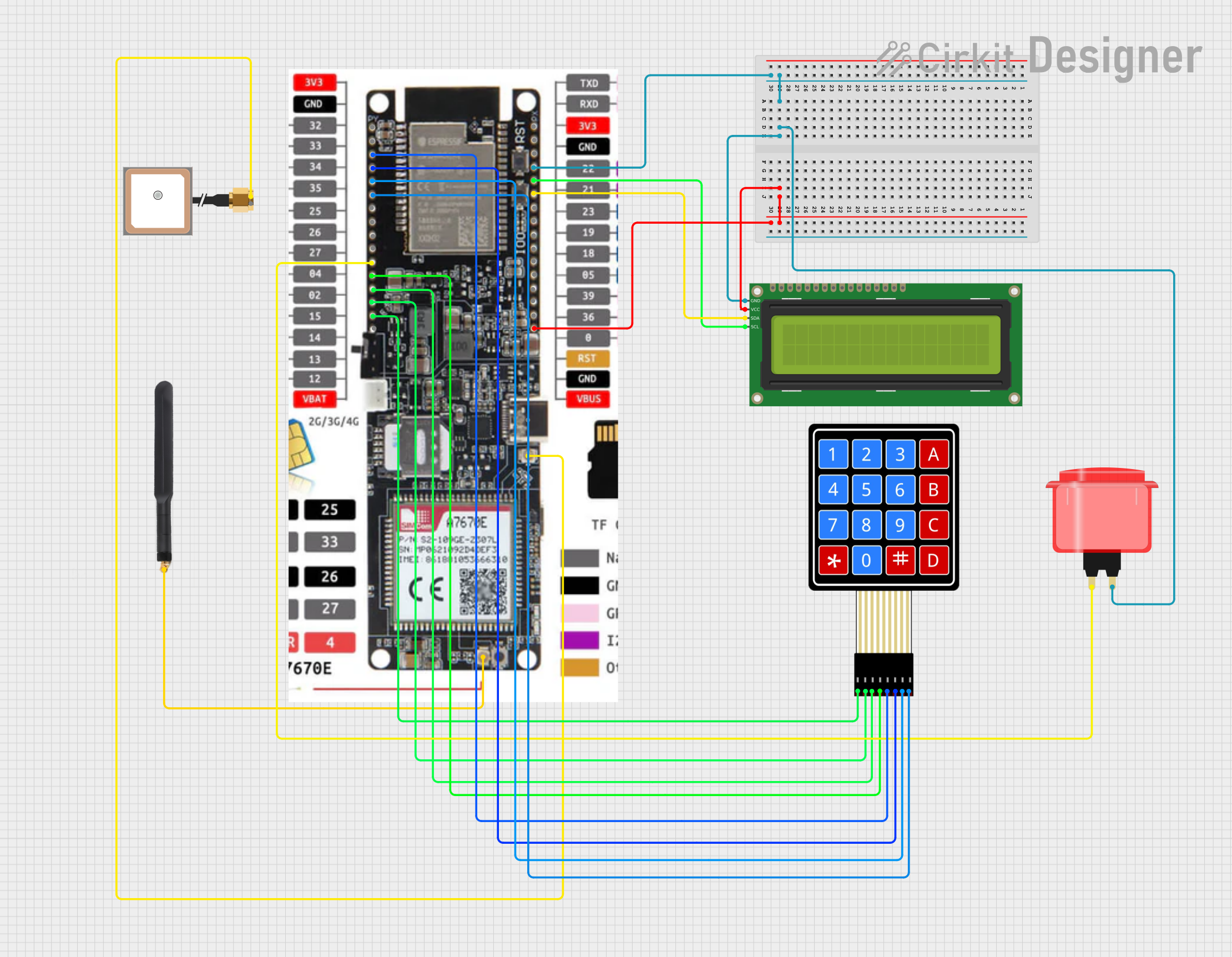
 Open Project in Cirkit Designer
Open Project in Cirkit Designer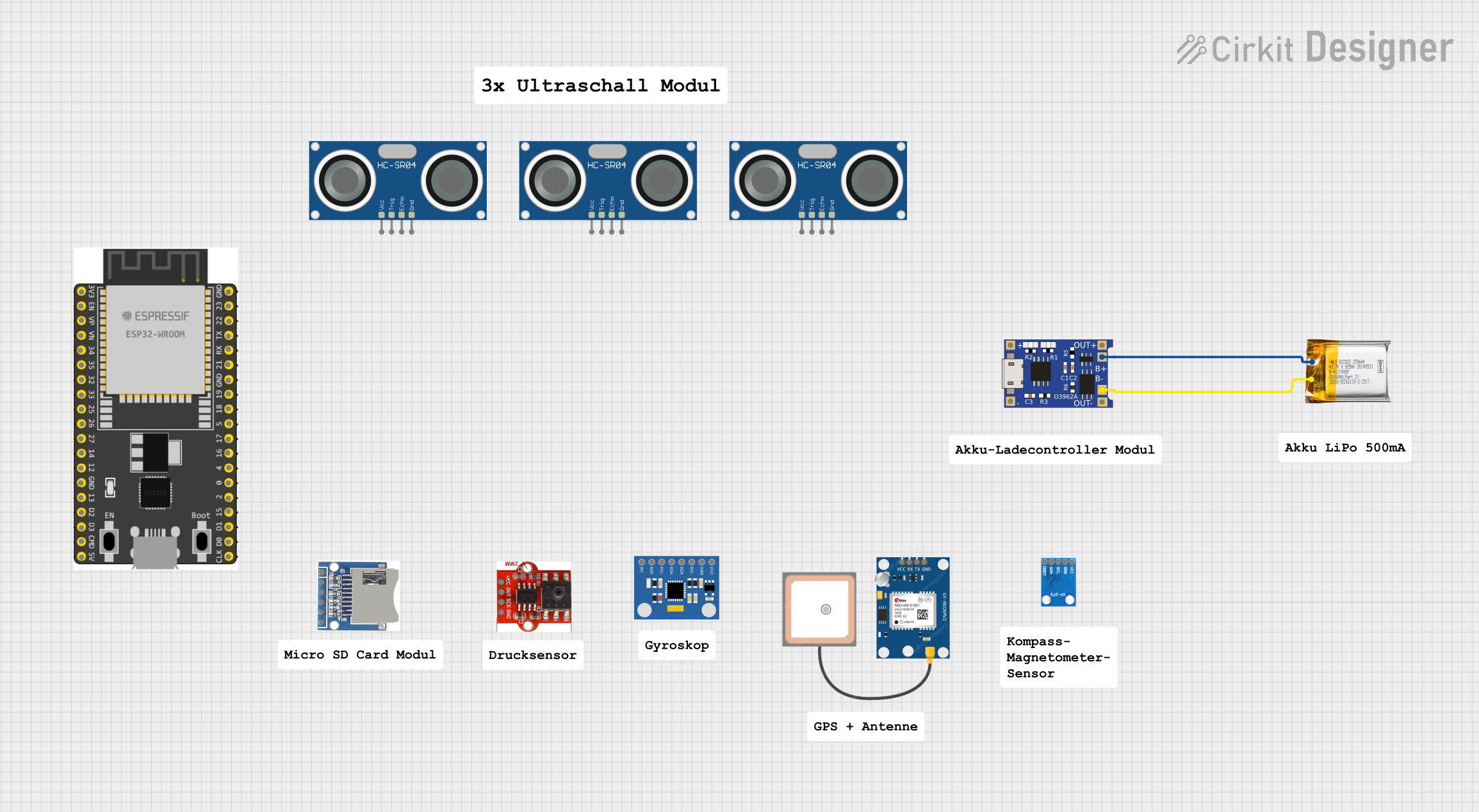
 Open Project in Cirkit Designer
Open Project in Cirkit Designer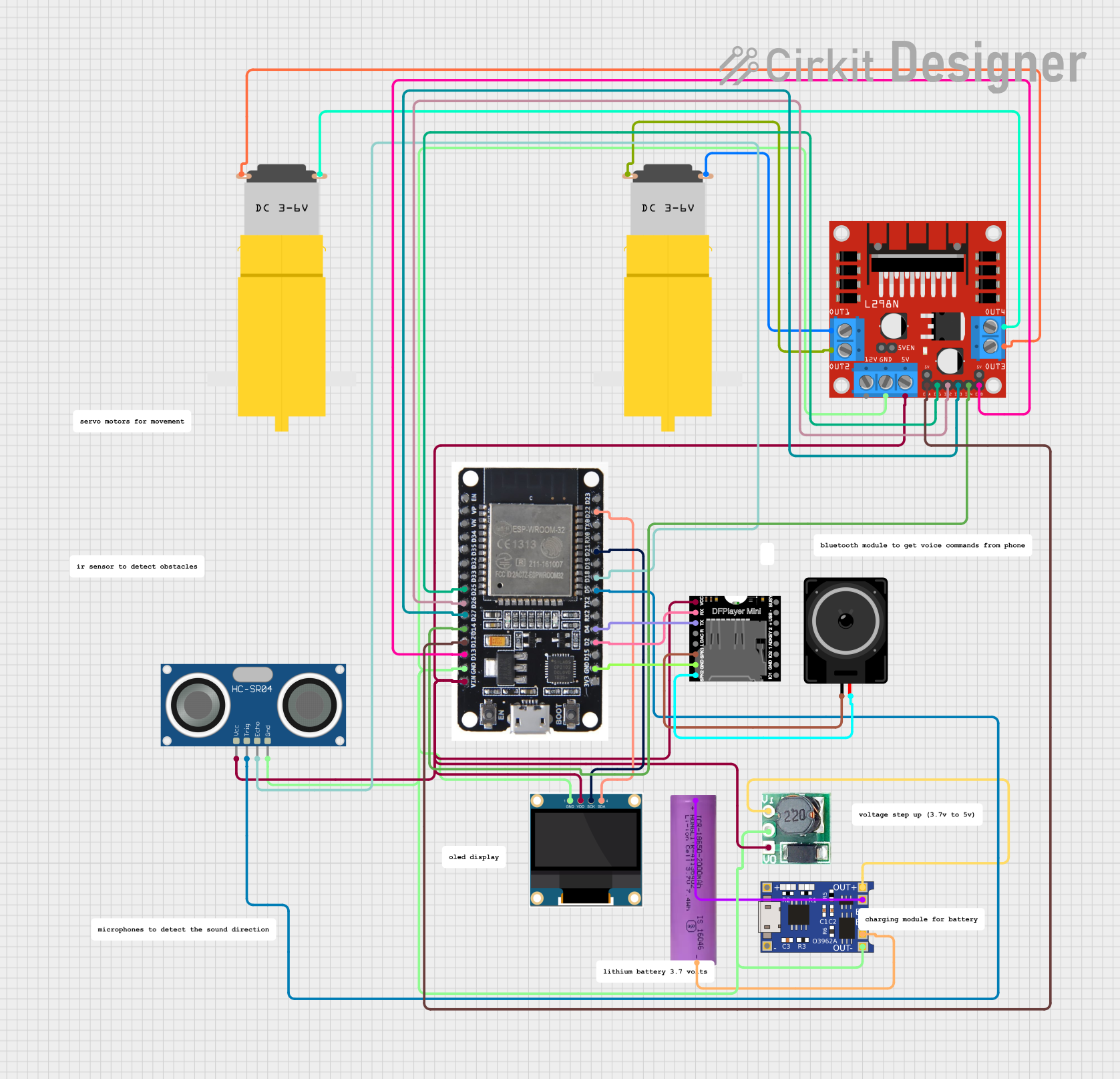
 Open Project in Cirkit Designer
Open Project in Cirkit DesignerExplore Projects Built with XL4015

 Open Project in Cirkit Designer
Open Project in Cirkit Designer
 Open Project in Cirkit Designer
Open Project in Cirkit Designer
 Open Project in Cirkit Designer
Open Project in Cirkit Designer
 Open Project in Cirkit Designer
Open Project in Cirkit DesignerCommon Applications
- Battery charging circuits
- LED drivers
- Adjustable power supplies
- Solar power systems
- Embedded systems requiring regulated voltage
Technical Specifications
The XL4015 is a versatile component with the following key specifications:
| Parameter | Value |
|---|---|
| Input Voltage Range | 4V to 38V |
| Output Voltage Range | 1.25V to 36V (adjustable via potentiometer) |
| Maximum Output Current | 5A |
| Output Power | Up to 75W |
| Efficiency | Up to 96% |
| Switching Frequency | 180 kHz |
| Operating Temperature | -40°C to +85°C |
| Dimensions | 51mm x 26mm x 14mm |
Pin Configuration and Descriptions
The XL4015 module typically has the following pin layout:
| Pin Name | Description |
|---|---|
| VIN | Input voltage pin. Connect the higher voltage source (4V to 38V). |
| VOUT | Output voltage pin. Provides the regulated lower voltage (1.25V to 36V). |
| GND | Ground pin. Common ground for input and output. |
| EN (optional) | Enable pin. Used to enable or disable the module (active high). |
Usage Instructions
How to Use the XL4015 in a Circuit
Connect the Input Voltage:
- Connect the positive terminal of the input voltage source to the
VINpin. - Connect the negative terminal of the input voltage source to the
GNDpin. - Ensure the input voltage is within the range of 4V to 38V.
- Connect the positive terminal of the input voltage source to the
Adjust the Output Voltage:
- Use the onboard potentiometer to set the desired output voltage.
- Turn the potentiometer clockwise to increase the output voltage and counterclockwise to decrease it.
- Use a multimeter to measure the output voltage at the
VOUTpin while adjusting.
Connect the Load:
- Connect the positive terminal of the load to the
VOUTpin. - Connect the negative terminal of the load to the
GNDpin.
- Connect the positive terminal of the load to the
Enable the Module (if applicable):
- If the module has an
ENpin, ensure it is connected to a high logic level (e.g., 5V) to enable the module.
- If the module has an
Important Considerations and Best Practices
- Heat Dissipation: The XL4015 can handle up to 5A, but at higher currents, it may generate significant heat. Use a heatsink or active cooling if necessary.
- Input Voltage: Ensure the input voltage is at least 1.5V higher than the desired output voltage for proper operation.
- Output Capacitor: Use a low ESR capacitor at the output to stabilize the voltage and reduce ripple.
- Current Limiting: Avoid exceeding the maximum output current of 5A to prevent damage to the module.
- Polarity: Double-check the polarity of the input and output connections to avoid damage.
Example: Using XL4015 with Arduino UNO
The XL4015 can be used to power an Arduino UNO by stepping down a higher voltage (e.g., 12V) to 5V. Below is an example circuit and code:
Circuit Connections
- Connect a 12V power source to the
VINandGNDpins of the XL4015. - Adjust the output voltage to 5V using the potentiometer.
- Connect the
VOUTpin of the XL4015 to the5Vpin of the Arduino UNO. - Connect the
GNDpin of the XL4015 to theGNDpin of the Arduino UNO.
Example Code
// Example code to blink an LED using Arduino UNO powered by XL4015
// Ensure the XL4015 output is set to 5V before connecting to the Arduino
const int ledPin = 13; // Built-in LED pin on Arduino UNO
void setup() {
pinMode(ledPin, OUTPUT); // Set LED pin as output
}
void loop() {
digitalWrite(ledPin, HIGH); // Turn the LED on
delay(1000); // Wait for 1 second
digitalWrite(ledPin, LOW); // Turn the LED off
delay(1000); // Wait for 1 second
}
Troubleshooting and FAQs
Common Issues and Solutions
No Output Voltage:
- Check the input voltage and ensure it is within the specified range (4V to 38V).
- Verify that the
ENpin is connected to a high logic level (if applicable). - Inspect the connections for loose wires or incorrect polarity.
Output Voltage Not Adjustable:
- Ensure the potentiometer is functioning correctly. If it is damaged, replace it.
- Verify that the input voltage is at least 1.5V higher than the desired output voltage.
Overheating:
- Reduce the load current if it exceeds 5A.
- Attach a heatsink or use active cooling to dissipate heat.
High Output Ripple:
- Add a low ESR capacitor (e.g., 100µF) at the output to reduce voltage ripple.
- Ensure proper grounding and minimize the length of wires.
FAQs
Q: Can the XL4015 be used to charge batteries?
A: Yes, the XL4015 can be used to charge batteries. However, ensure the output voltage and current are set according to the battery's specifications.
Q: What is the efficiency of the XL4015?
A: The XL4015 has an efficiency of up to 96%, depending on the input voltage, output voltage, and load current.
Q: Can the XL4015 step up voltage?
A: No, the XL4015 is a step-down (buck) converter and cannot increase the input voltage.
Q: Is the XL4015 protected against reverse polarity?
A: No, the XL4015 does not have built-in reverse polarity protection. Use a diode in series with the input to prevent damage.
By following this documentation, you can effectively use the XL4015 in your projects and troubleshoot common issues.